“Alkaline” refers to the pH level of a substance, which measures how acidic or basic (alkaline) it is. The pH scale ranges from 0 to 14:
- Acidic: Substances with a pH below 7 (e.g., lemon juice).
- Neutral: Substances with a pH of 7 (e.g., pure water).
- Alkaline (Basic): Substances with a pH above 7 (e.g., natural spring water).
In health and nutrition, the term “alkaline” is often associated with the alkaline diet, which emphasizes eating foods that leave an “alkaline ash” in the body after digestion. This diet helps balance the body’s pH, leading to better health. Foods typically considered alkaline-forming include:
- Fresh fruits (like watermelon and cantaloupe).
- Vegetables (like amaranth, kale, and cucumber).
- Nuts and seeds (like almonds and chia seeds).
Alkalinity in the body is often discussed concerning blood pH, which is tightly regulated between 7.35 and 7.45. While the body naturally maintains this balance, advocates of an alkaline lifestyle suggest that supporting the body with alkaline-forming foods can improve health outcomes by reducing inflammation, improving bone health, and supporting detoxification.
In the context of Dr. Sebi’s teachings, “alkaline” takes on a broader meaning centered around maintaining an optimal internal environment for health and healing. Dr. Sebi, a renowned herbalist and natural health advocate, promoted the alkaline lifestyle as the foundation for preventing and reversing disease. His teaching was rooted in the view that the body functions best when it is alkaline and free of mucus and toxins.
Dr. Sebi’s Perspective on Alkalinity:
- Disease and Mucus:
- Dr. Sebi taught that all diseases stem from an acidic internal environment, which fosters the accumulation of mucus in various parts of the body. For example, he attributed respiratory conditions to mucus in the lungs and reproductive issues to mucus in the reproductive system.
- Maintaining an alkaline internal pH helps the body resist diseases and dissolve excess mucus, thereby promoting healing.
- Alkaline Foods:
- Dr. Sebi’s nutritional guide emphasizes consuming foods that are alkaline-forming and natural (non-hybridized). He emphasized that these foods align with the body’s natural electrical energy and help maintain balance.
- Key foods from his guide include:
- Fresh fruits like figs, tamarind, and berries.
- Vegetables like amaranth greens, dandelion greens, and zucchini.
- Grains like quinoa, wild rice, and fonio.
- Herbs such as burdock root, sarsaparilla, and yellow dock.
- Avoidance of Acidic and Hybrid Foods:
- He cautioned against consuming acidic foods and hybridized crops, which he considered unnatural and harmful. Foods to avoid include meat, dairy, processed foods, and hybrid crops like corn and wheat.
- Herbal Remedies and Detoxification:
- Dr. Sebi emphasized the use of alkaline herbs to cleanse and detoxify the body, support organ function, and promote cellular repair. Examples include:
- Sarsaparilla: High in iron, which he called the most important mineral for the body.
- Burdock Root: Known for its blood-purifying properties.
- Irish Moss: Rich in minerals that support cellular health.
- Dr. Sebi emphasized the use of alkaline herbs to cleanse and detoxify the body, support organ function, and promote cellular repair. Examples include:
- Electric Body Concept:
- Central to his teaching was the idea that the body is electric and functions best with foods and herbs that are high in electrical energy (natural and alkaline). This concept underpins that acidic foods disrupt the body’s natural electrical balance, leading to disease.
Practical Application:
- Diet: Dr. Sebi advocated for a plant-focused, alkaline diet rich in raw and natural foods.
- Hydration: Drinking natural, spring, or alkaline water to support the body’s pH balance.
- Detoxification: Using herbal teas, tonics, and fasting to cleanse the body of toxins and mucus.
- Prevention and Healing: A commitment to this lifestyle is seen as both preventive and curative, helping the body heal itself.


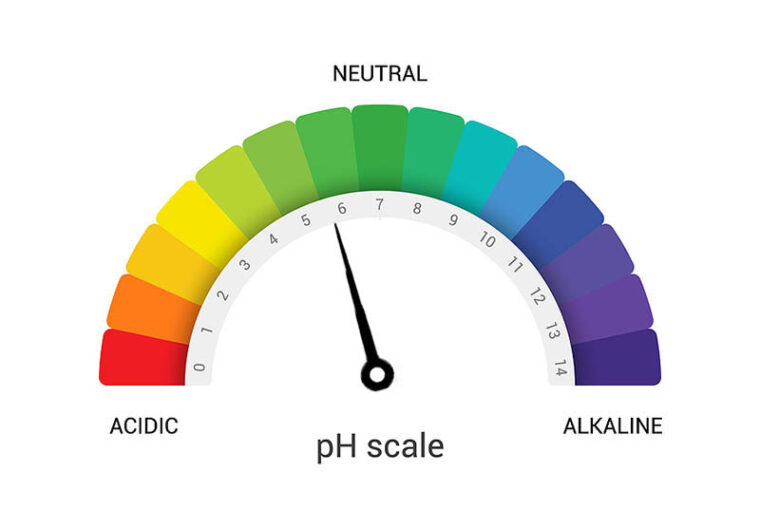

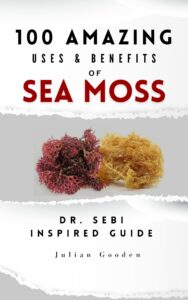
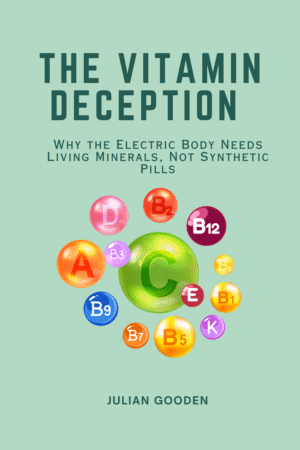
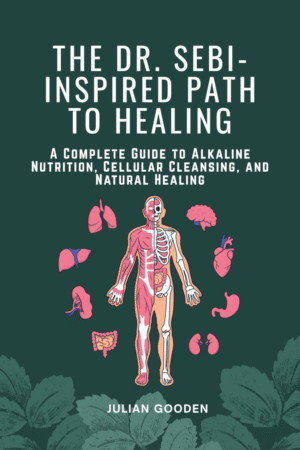
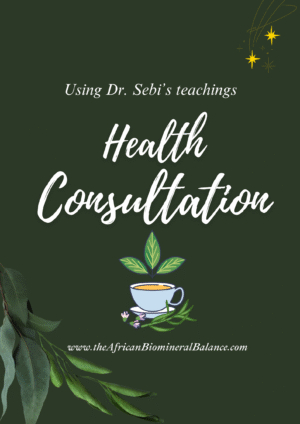
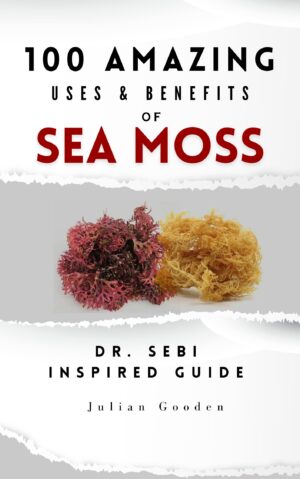
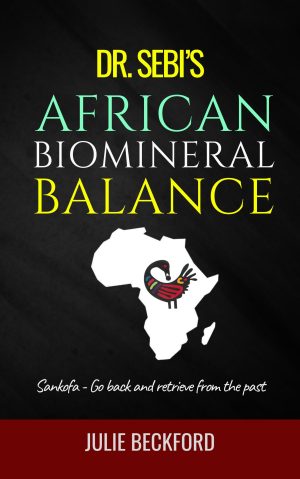
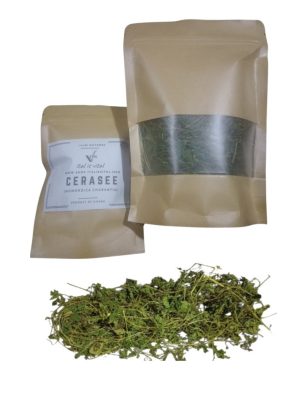
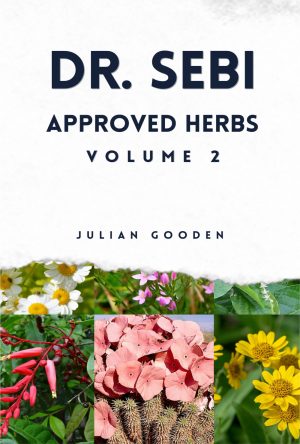
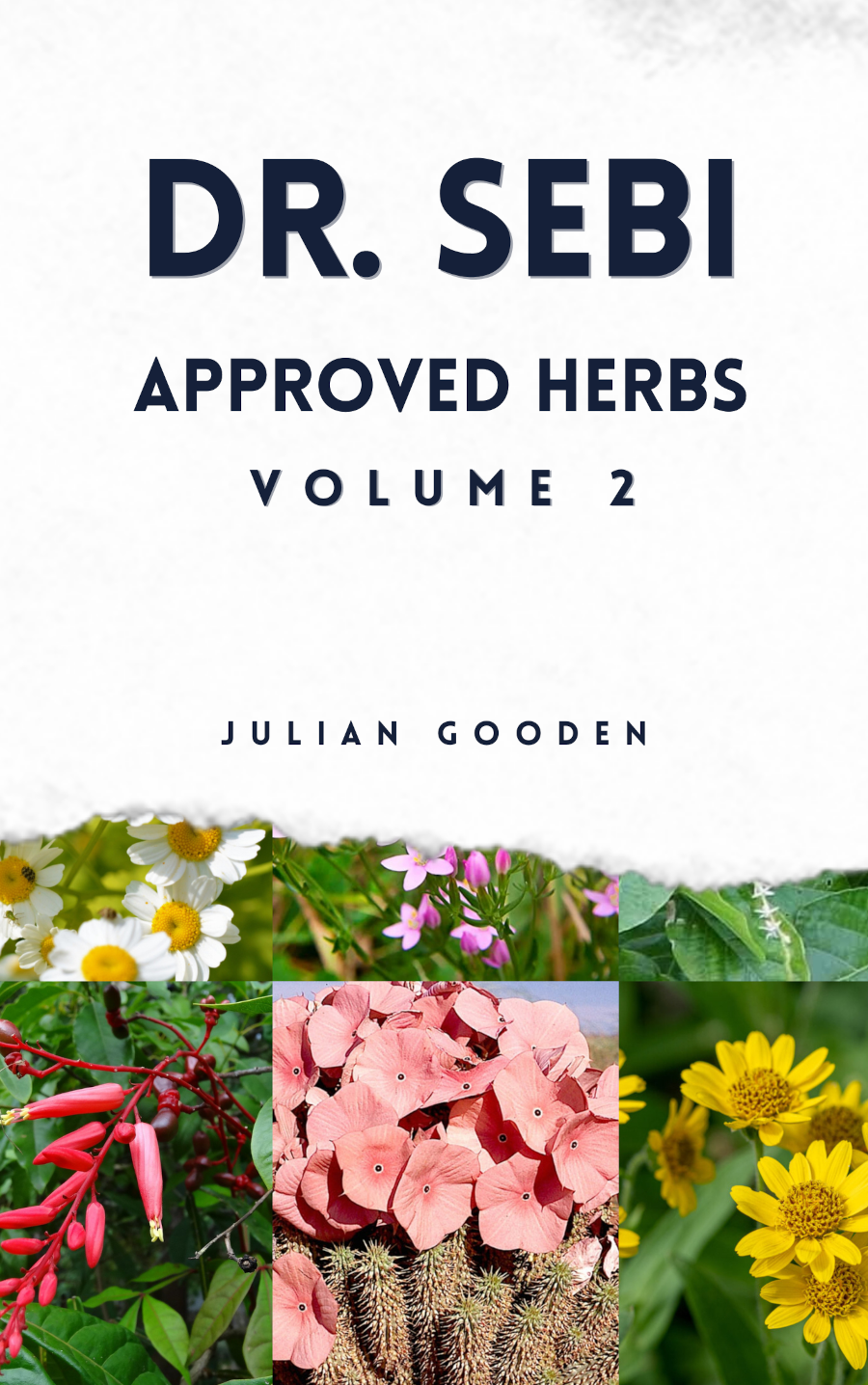
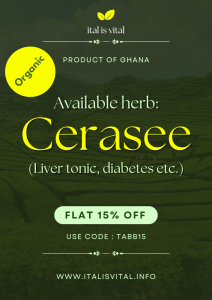

1 thought on “What is Alkaline?”
Comments are closed.